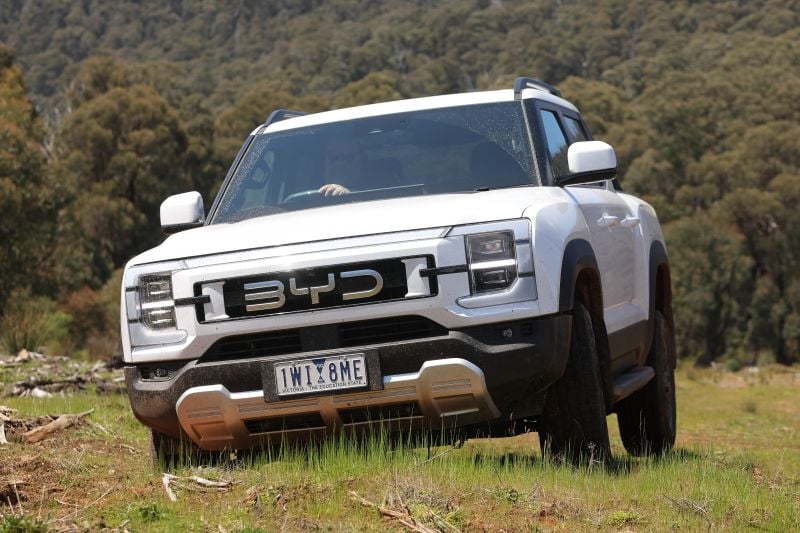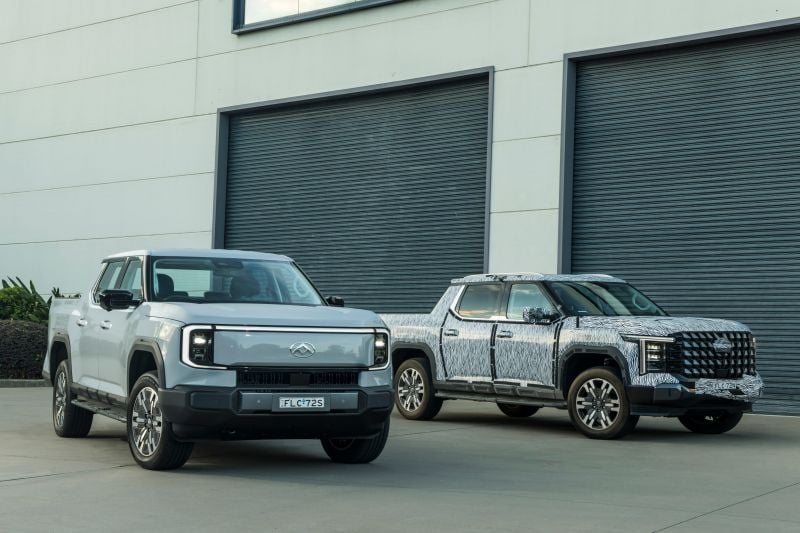China is now the third-largest importer of new vehicles in Australia, and it doesn’t look like slowing down any time soon.
Last year, 210,113 new cars made in China were delivered to Australian customers, representing just under 17 per cent of the 1,237,287 total deliveries made in the record 2024 market.
It’s a sharp increase in exports from the world’s second most populous nation and Australia’s biggest trade partner, which accounted for just 1.7 per cent of the local auto market five years ago in 2019, and less than half a percent a decade ago.
Hundreds of new car deals are available through CarExpert right now. Get the experts on your side and score a great deal. Browse now.
Despite growing by almost nine per cent last year alone, vehicle services and market intelligence firm Cox Automotive Australia has forecasted Chinese imports will account for an even greater share of the new car market in 2025.
According to the automotive industry group, Chinese brands could get close to taking a 20 per cent stake in the Aussie auto market this year.
While this is only up by three per cent from the share held by Chinese-made vehicles last year, Cox’s forecast excludes cars built in the country by foreign-owned brands.
That includes Tesla (which builds the Model Y and Model 3 there), BMW (iX3), Mini (Cooper E), Volvo (XC40 Recharge) and others which counted towards the total.
With these vehicles excluded, Cox says approximately 142,000 cars were sold here by Chinese auto brands in 2024, accounting for a 12 per cent market share.
Based on the firm’s prediction of 1.18 million new vehicle sales this year, that means the Chinese marques could combine for 236,000 deliveries in 2025.
For context, that figure combined with sales of vehicles made in the nation by overseas brands could see China topple Thailand as the second biggest source of Australian vehicle imports (thanks largely to utes).
Last year, 272,139 new vehicles came here from Thailand. Japan continued as Australia’s number one vehicle importer with 378,911 (thanks in large part to market leader Toyota).
According to Cox, this increase will not only be driven by the likes of MG, GWM, BYD, LDV and Chery, but also new-to-arrive or returning marques such as Geely, Foton, Xpeng, Leapmotor, Deepal and JAC, to name a few.
“By the end of 2025, there will be around 15 Chinese brand names in the market, covering all segments and fuel types, with price bands from $25,000 and into six-figures,” Cox said in a media release.
Despite Chinese brands often being thought of as some of the most affordable on the market, the title of Australia’s cheapest vehicle is currently held by the South Korean-made Kia Picanto, with the Suzuki Ignis, Hyundai Venue and Japanese-built Mazda 2 all also being cheaper than the outgoing-generation MG ZS.
However, the GWM Ora remains Australia’s cheapest electric vehicle (EV), and it’s this technology that China has been so dominant in selling, both globally and locally.
Last year, eight of the 10 best-selling EVs in Australia were made in China, with five coming from Chinese-owned brands (MG, BYD and Volvo).

